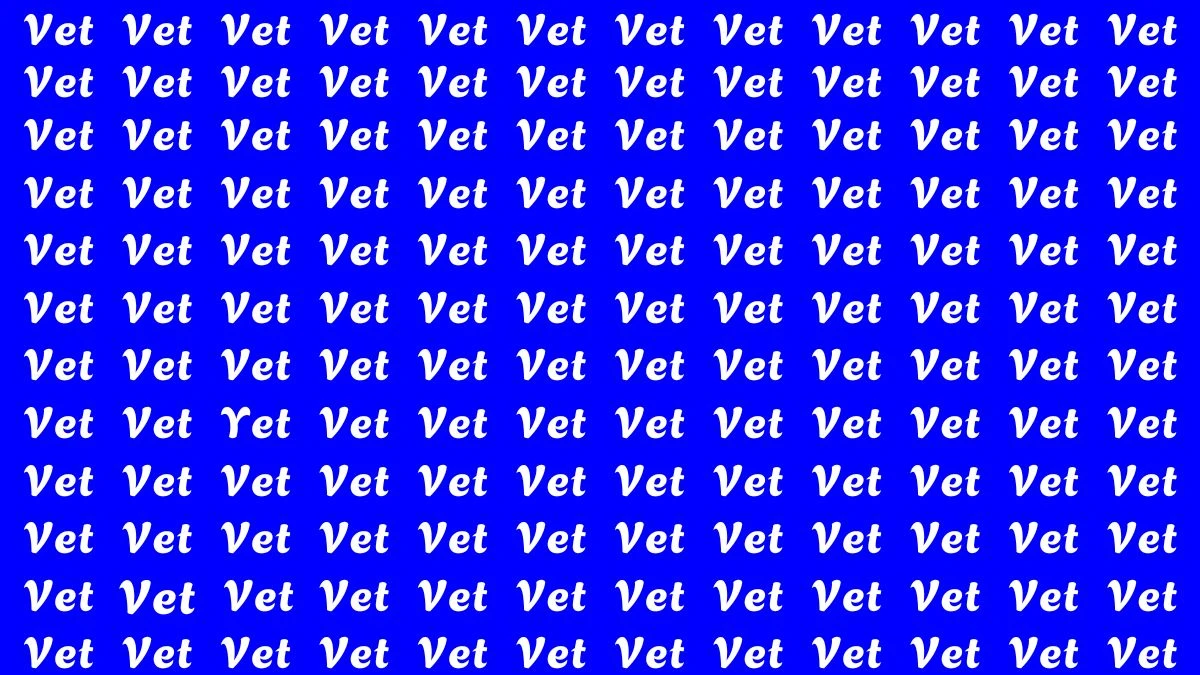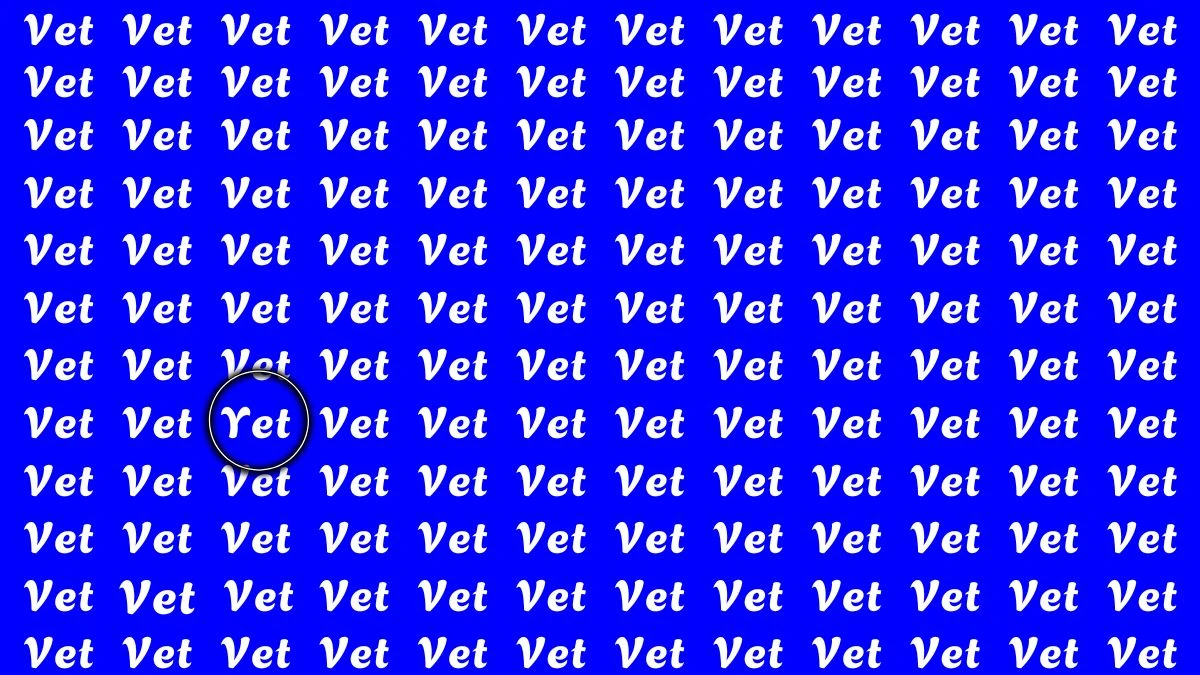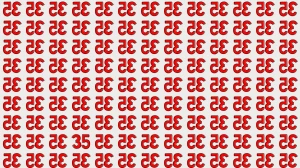An optical illusion is a visual phenomenon where the perception of an image differs from the actual reality, often tricking the brain into seeing something that isn't there or seeing it in a different way than it actually is.
This occurs because the brain processes visual information in a way that interprets patterns, colors, light, and angles in a specific manner, leading to a distorted or false interpretation.
Optical illusions can involve shapes that appear to move, images that change based on the angle of viewing, or hidden elements that are hard to spot at first glance.
They highlight the complex and sometimes misleading nature of human perception and can be used both for entertainment and to study the cognitive processes behind how we see and interpret the world around us.
Optical Illusion Eye Test: Within 7 Seconds Spot The Word Yet among Vet
This image is a classic example of an optical illusion or visual brain teaser designed to test your attention to detail. At first glance, the entire grid appears to be filled with the word "Vet" repeated in neat rows and columns against a blue background.
However, hidden somewhere in the image is the word "Yet"—with only one letter different from "Vet." The similarity in font, size, and color makes it challenging for the brain to spot the odd one out immediately. This illusion plays on the concept of visual scanning and pattern recognition.
Since our brains tend to process familiar patterns quickly, we often overlook minor changes. The goal is to find the word "Yet" within 7 seconds, which adds a time pressure element that heightens the challenge.
It encourages your brain to slow down and carefully analyze each word rather than rely on assumptions. These kinds of puzzles are not only fun but also great for sharpening focus and cognitive agility.

Optical Illusion Eye Test: Within 7 Seconds Spot The Word Yet among Vet - Solution
In this optical illusion, the goal was to spot the word "Yet" hidden among a sea of repeated "Vet" words. At first glance, the image appears uniform, making it a challenge to distinguish the odd word due to the visual similarity in letters and font style.
However, upon closer inspection, you can find the word "Yet" cleverly placed in the eighth row from the top and third column from the left. The trick lies in how our brain processes repeated patterns — it tends to overlook slight deviations, especially when under time pressure.
The presence of just one different character, “Y” instead of “V,” is subtle but enough to differentiate the word once you slow down and focus. This solution highlights how optical illusions can test not only your vision but also your concentration and attention to detail.






